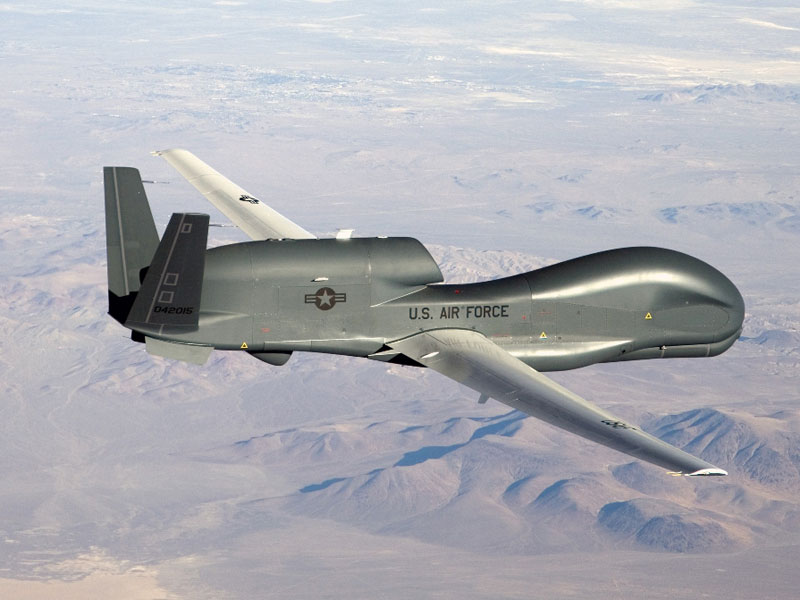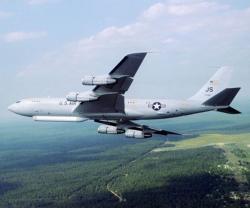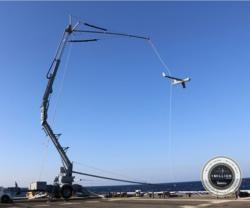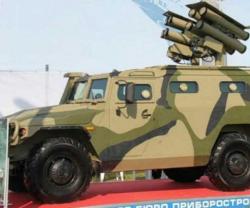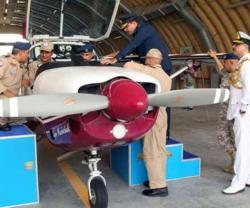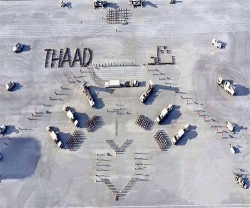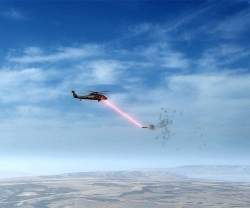The UAS series flew 781 hours from 10-16 September 2014. The Air Force’s RQ-4 Global Hawk flew 87% of the missions; the U.S. Navy’s Broad Area Maritime Surveillance- Demonstration (BAMS-D) aircraft and NASA's Global Hawk hurricane research asset flew the rest. HALE's far-reaching weekly record surpasses the company's previous weekly flight record of 665 hours set in February.
“There are at least two Global Hawks in the air at all times providing indispensable ISR information to those that need it. The 2014 fiscal year was the most active yet for the Global Hawk, with a 40% year over year increase in flight hours,” said Mick Jaggers, Global Hawk UAS Program Director, Northrop Grumman Aerospace Systems.
Within weeks of the record, Northrop Grumman delivered two new RQ-4 Global Hawk aircraft to the Air Force. A wide area surveillance model arrived at Grand Forks Air Force Base, North Dakota, on Sept. 10 and Beale Air Force Base. received a multi-INT model October 3.
The increases in flight hours and size of the fleet will give combatant commanders more ISR capabilities at a time when demand often outstrips aircraft availability.
Manufactured at Northrop Grumman facilities in Moss Point, Mississippi, and Palmdale, these latest RQ-4 Global Hawk models complete a four aircraft buy by the Air Force and brings the Air Force's total Global Hawk fleet to 33. In August, the Air Force signed an agreement requesting three more Global Hawks. Those aircraft are scheduled for delivery in 2016 and 2017.
Northrop Grumman's HALE UAS series have exceeded more than 130,000 total flight hours. An average of 75% of flight hours are in support of combat/operational missions.

